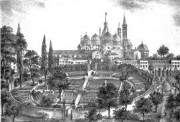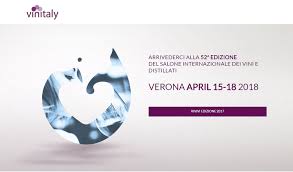The Italian Cheeses are ancient, their name comes from medieval Latin: caseum formaticum. The cheeses are made with milk (cow, goat, sheep or buffalo) through the clotting of a protein called casein. It happens through the raising of the milk’s acidity. The coagulation may occur by aging the milk, or by adding substances and increasing the temperature to 35 ° C. To coagulate the milk, they use bacterial and vegetable enzymes, , and rennet, a substance derived from the stomach of calves and lambs. During the clotting, the proteins precipitate and separate from the liquid part (serum), creating the curd. Depending on the cheese, the next steps are different, the cheese can be flavored, seasoned and salted. If you wish to purchase an Italian cheese, make sure of its origin , through the brands I.G.P. and D.O.P. given by the European commission. Cheese is a food rich in protein and also contains fat, which depend on the processing and the type of milk that produced it. Take a look at this Video and discover a classic Italian Pasta Dish: Four Cheese Pasta, prepared by an amazing cook ! :
Watch this interesting video, kindly granted to us from yellow saffron channel ( www.giallozafferano.it )
The Parmesan Cheese (also called the King of Cheese), produced in Reggio Emilia and Parma (392 Kcal/100 g.), is a granulous hard paste cheese, very ancient 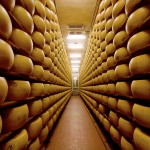 and very famous all over the World, great when paired with Balsamic Vinegar of Modena, with fruit (pears and apples), cut into scales and put over the bresaola and grated on pasta.
and very famous all over the World, great when paired with Balsamic Vinegar of Modena, with fruit (pears and apples), cut into scales and put over the bresaola and grated on pasta.
The Gorgonzola is a fat and soft cheese, produced in Lombardy (340 Kcal/100 g.), To which are added mold spores, that give it a unique and special taste. Great above pizza and pears.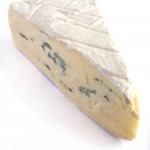
The Pecorino is a hard cheese, seasoned, intensely flavored, and spicy. It is produced in Calabria, Lazio, Tuscany, Sicily and Sardinia (387 Kcal/100 g.). 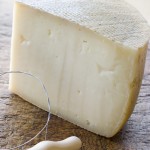 Each Region gives it the differences in taste. It is great when paired to fruit jams, pears, eaten alone or grated on pasta with tomato sauce. The Fontina is an antique cheese, fat, with soft texture and a sweet taste, also extremely versatile. Manufactured in the Valle d’Aosta (343 Kcal/100 g.), Is widely used in salads, in appetizers, in toast and sandwiches.
Each Region gives it the differences in taste. It is great when paired to fruit jams, pears, eaten alone or grated on pasta with tomato sauce. The Fontina is an antique cheese, fat, with soft texture and a sweet taste, also extremely versatile. Manufactured in the Valle d’Aosta (343 Kcal/100 g.), Is widely used in salads, in appetizers, in toast and sandwiches.
The Crescenza is a fat and soft cheese, with a fresh and delicate flavor, similar to the Stracchino. Produced in Lombardy (280 Kcal / 100 g.), Is light and dietetic, it goes well with vegetables
The Mozzarella is a fat and soft cheese, with a fresh and delicate taste, light and dietetic. It comes in two types: plain mozzarella, milk cow made, and buffalo mozzarella from buffalo milk. The former is more delicate, the second most flavorful, soft and fine. 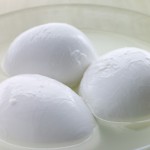 The plain mozzarella is produced in Calabria, Puglia, Basilicata, Abruzzo and Molise. The buffalo mozzarella is produced in Campania and Lazio (248 Kcal/100 g.). Mozzarella is one of the basic ingredients of pizza, but it is also put into salads, islanders (buffalo mozzarella, cherry tomato, basil) and other dishes.
The plain mozzarella is produced in Calabria, Puglia, Basilicata, Abruzzo and Molise. The buffalo mozzarella is produced in Campania and Lazio (248 Kcal/100 g.). Mozzarella is one of the basic ingredients of pizza, but it is also put into salads, islanders (buffalo mozzarella, cherry tomato, basil) and other dishes.
The Grana Padano is a very ancient Cheese, semi-fat, hard, strong flavored. It ‘s produced in the Po Valley and has a taste similar to Parmigiano Reggiano, although not equal as prestige (381 Kcal / 100 g.). Excellent as a table cheese or grated over pasta.
The Taleggio cheese is fat, with a soft paste; it is ancient and intensely flavored. produced in Lombardy (352 Kcal / 100 g.) with a characteristic rectangular shape.It is ideal as a table cheese.
There are many other wonderful cheeses in Italy, such as:
– The Scamorza (209 Kcal / 100 g.)
– The Provolone (374 Kcal/100 g.)
– The Caciotta (370 Kcal/100 g.)
– The Asiago (356 Kcal/100 g.)
– The Stracchino (300 Kcal/100 g.)
– The Robiola (267 Kcal/100 g.)
– The Bel Paese (373 Kcal/100 g.)
and many others that I didn’t quote in this page, but that you can find out yourself by visiting Italy and its restaurants.

